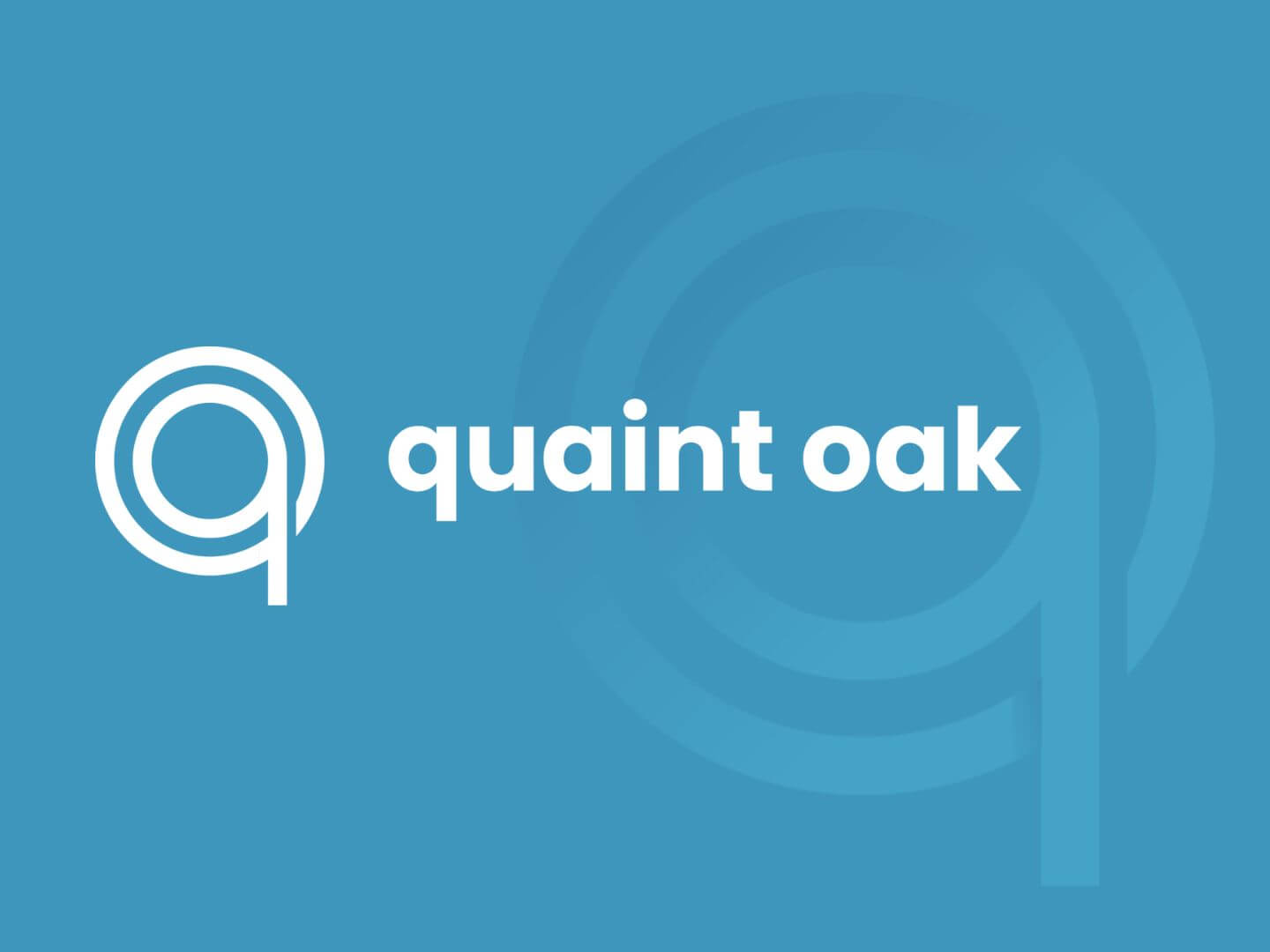SBA 7(a) Loans for 2025: Kickstart Your Business Growth

Small businesses often encounter financial roadblocks when attempting to scale operations, improve cash flow, or seize emerging opportunities. Consider SBA 7(a) loans for 2025—a financing solution designed to help entrepreneurs navigate these challenges with greater ease.
With competitive interest rates, flexible terms, and the assurance of government backing, these loans provide the much-needed support to transform your business vision into reality. Whether you’re expanding, upgrading equipment, or launching a new venture, SBA 7(a) loans are built to meet diverse financial needs.
This guide will walk you through the key benefits, the step-by-step application process, and common pitfalls to avoid when applying for an SBA 7(a) loan for 2025.
Why Choose SBA Business Loans in 2025?
The SBA 7(a) loan program remains one of the most popular options for small businesses seeking financing. What exactly makes an SBA business loans a preferred choice for small businesses? Here are a few of the unique advantages:
- Flexible Terms: SBA 7(a) loans offer repayment periods of up to 25 years, depending on the purpose of the loan.
- Low Interest Rates: Competitive interest rates ensure businesses can access affordable financing.
- Government-Backed Assurance: With partial guarantees from the U.S. Small Business Administration, lenders are more inclined to approve loans for small businesses, even those with limited credit history.
These benefits allow entrepreneurs to pursue ambitious growth plans with manageable financial risk.
Whether you’re looking to expand your operations, purchase new equipment, or manage working capital, SBA 7(a) loans provide the financial support you need to realize your business goals. The combination of government backing and favorable terms makes this loan program an attractive option for many entrepreneurs.
Step-by-Step Guide to SBA 7(a) Loans in 2025
Securing SBA 7(a) loans in 2025 requires careful preparation. Below is a step-by-step guide to streamline the process:
Determine Your Eligibility: Ensure your business qualifies by reviewing the SBA’s criteria, which includes:
- Business type (must operate for profit)
- Meeting the SBA’s size standards
- Operating within the U.S. or its territories
Prepare Your Documentation: Key documents you’ll need include:
- A comprehensive business plan
- Three years of financial statements and tax returns
- Personal financial statements of business owners
Choose an SBA-Approved Lender: Selecting a lender experienced in processing SBA loans can expedite the process. Building a relationship with your lender helps ensure smoother communication and better support throughout the application.
Submit Your Application: Completing the SBA 7(a) application accurately and thoroughly is critical. Missing or incorrect information can result in delays or even rejection.
Approval and Disbursement: Once approved, funds will be disbursed, allowing you to invest in your business immediately. Use the funds according to your stated purpose to maximize the impact on your operations.
Success Stories with SBA 7(a) Loans
Here are a few real-world-inspired examples1 illustrating how SBA 7(a) loans can help small businesses achieve growth and long-term success.
Case Study: Home Health Care Company in Philadelphia
A home health care company in Philadelphia needed to expand its operations to meet increasing demand for in-home medical services. The business required capital to hire additional staff, invest in medical equipment, and improve its digital scheduling platform. By securing an SBA 7(a) loan, the company was able to grow its workforce, purchase high-quality equipment, and enhance its technology infrastructure. As a result, they not only increased their client base but also improved service efficiency, leading to a revenue boost within the first six months of expansion.
Case Study: Bakery Franchise in Lehigh Valley
A bakery franchise in Lehigh Valley aimed to open two additional locations to capture a growing market in nearby communities. However, the cost of purchasing commercial baking equipment and leasing new storefronts posed a significant financial challenge. With an SBA 7(a) loan, the franchise secured the funding it needed to move forward with its expansion plans. The result was a successful launch of both new locations, an increase in production capacity, and a notable rise in brand recognition across the region. Within a year, the franchise saw a substantial increase in total revenue and was well-positioned for further growth.
Common Mistakes to Avoid When Applying for SBA Loans
Securing SBA 7(a) loans for 2025 growth isn’t just about meeting requirements—it’s about presenting a compelling case to lenders. Here are common mistakes that can derail your application:
Incomplete Applications:
Ensure you’ve included all necessary documents and filled out every section of the application. Missing details can cause delays or even outright rejection.
Ignoring Eligibility Criteria:
Before applying, confirm that your business meets the SBA’s eligibility criteria. Overlooking these requirements wastes valuable time and effort.
Lack of a Strong Business Plan:
A detailed business plan showcasing your goals, strategies, and financial projections can significantly improve your chances of approval.
Overlooking Loan Terms:
Understand the terms of your loan, including interest rates, fees, and repayment schedules. This ensures you’re prepared to manage the loan effectively.

Unlock Business Growth with SBA 7(a) Loans for 2025
In 2025, small businesses have more opportunities than ever to thrive—provided they have the right financial backing. SBA 7(a) loans for 2025 offer a proven, flexible, and affordable solution to help entrepreneurs achieve their growth goals. By carefully following the application process, avoiding common mistakes, and leveraging the loan’s unique benefits, you can position your business for lasting success.
Whether you’re launching a new product line or expanding into new markets, SBA loans can provide the financial support you need. Take the first step today by exploring your eligibility and contacting an SBA-approved lender to secure your future.
FAQs – SBA 7(a) Loans for 2025
What are SBA 7(a) loans, and how do they work?
SBA 7(a) loans are government-backed loans that provide funding for small businesses. They offer flexible terms, low interest rates, and can be used for various purposes, including working capital, equipment purchases, and real estate.
How do I apply for SBA 7(a) loans in 2025?
To apply, first ensure your business meets SBA eligibility criteria, prepare necessary documents, choose an approved lender, and submit a complete application.
What can SBA 7(a) loans be used for?
SBA loans can be used for working capital, buying equipment, refinancing debt, purchasing real estate, or expanding your business operations.
How long does it take to get approved for an SBA loan?
The approval process can vary depending on the lender and the complexity of your application. An institution, like Quaint Oak Bank, who is a Preferred Lending Partner with the SBA has solutions for expediting the loan process.
Can franchises apply for SBA 7(a) loans for 2025?
Yes, franchises can apply provided they meet eligibility requirements, including a sound business plan and financial projections.
Contact Us Today!
All Loans Subject to Approval
1 These case studies are for illustration purposes only and do not represent actual customers or specific business outcomes. They are hypothetical examples intended to demonstrate how SBA 7(a) loans can be utilized by different types of businesses. Individual results may vary based on factors such as business size, industry, and loan terms. (This will go in the disclosure section)

